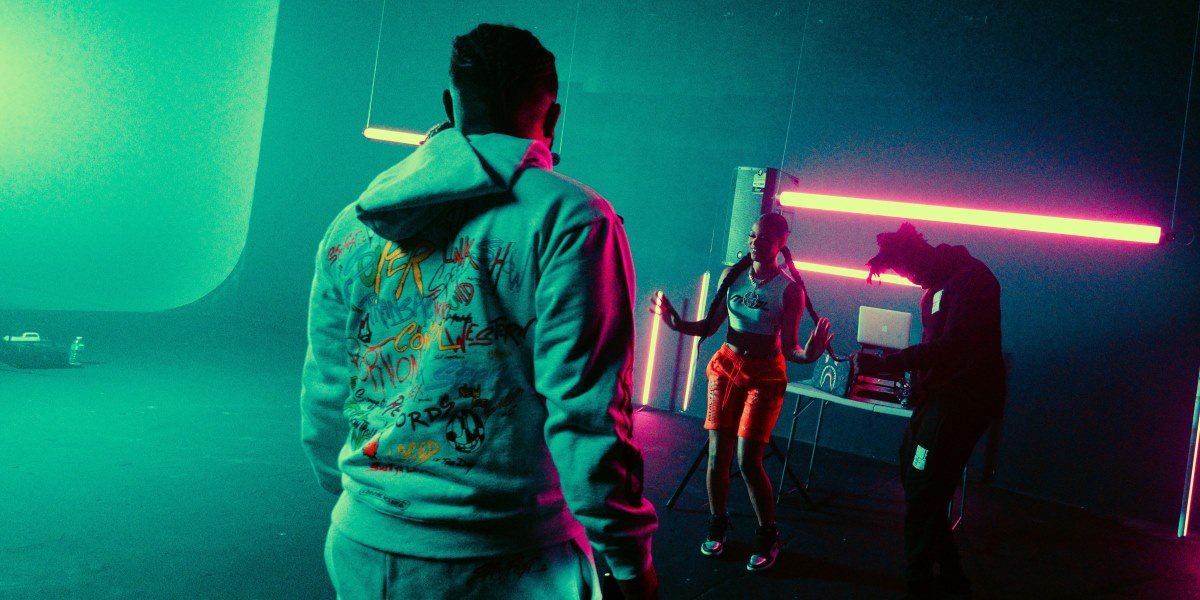Fashion in books does more than describe what characters wear—it reveals personalities, social status, and historical contexts. Authors use clothing details to show character development, cultural norms, and even plot points without lengthy explanations. From Jane Austen’s empire-waist gowns to F. Scott Fitzgerald’s flapper dresses, literary fashion helps readers visualize stories while conveying deeper meanings. Understanding these sartorial choices adds new layers to reading experiences.
Read also: Fashion and Cultural Appropriation
Clothing as Character Development in Fiction
An author’s description of a character’s outfit often provides the first clues about their personality. A meticulously dressed character might value appearances or come from wealth, while someone in wrinkled clothes could be careless or struggling financially. In “The Great Gatsby,” Daisy Buchanan’s white dresses reflect her affected innocence, while Jay Gatsby’s pink suit reveals his flashy, nouveau riche status. These wardrobe choices help readers understand characters before they even speak.
Fashion changes in characters often mark personal transformations. When Elizabeth Bennet in “Pride and Prejudice” wears her traveling dress to visit Darcy’s estate, the outfit symbolizes her growing independence. In modern novels, a character switching from corporate suits to casual clothes might signal a career change or personal awakening. These subtle clothing shifts show development more effectively than direct statements about a character’s growth.
Historical and Cultural Context Through Textiles
Period novels use fashion to immerse readers in specific eras without history lessons. The corsets in Victorian literature demonstrate gender constraints, while the rationed clothing in World War II novels illustrates wartime hardships. Sandra Cisneros’ “The House on Mango Street” uses hand-me-downs and secondhand shoes to portray immigrant experiences. These details create authentic settings that help readers understand different time periods and cultures.
Regional differences also appear through literary fashion. Southern Gothic novels might feature sweat-stained suits hinting at humidity and decaying aristocracy, while Scandinavian noir often uses practical wool layers that match the climate. Fantasy world-building relies heavily on invented textiles and styles to establish unique societies. The elaborate silks in “Memoirs of a Geisha” or the dystopian uniforms in “The Handmaid’s Tale” create vivid, culturally specific atmospheres.
Contemporary authors continue using fashion as narrative shorthand. A tech CEO’s signature black turtleneck immediately brings certain associations, just as a detective’s rumpled trench coat establishes their world-weary persona. Young adult novels often use style tribes—goths, preps, athletes—to quickly establish social dynamics. These recognizable fashion cues help readers immediately grasp character relationships and settings.
The absence of fashion descriptions can be equally telling. Some authors deliberately avoid clothing details to focus on internal monologues, while sparse descriptions might reflect minimalist writing styles. In first-person narratives, a character’s observations about others’ outfits often reveal more about the observer than the observed. A protagonist who notices designer labels might value status, while one who sees only comfort in clothes likely has different priorities.
Fashion metaphors extend beyond physical descriptions. Authors compare emotions to “unraveling threads” or relationships to “ill-fitting garments.” These textile-based metaphors create tangible connections to abstract concepts. Entire plots sometimes hinge on clothing items—Cinderella’s glass slipper or the scarlet letter—that carry symbolic weight beyond their material existence.
Reading with attention to fashion elements enhances understanding of both characters and themes. Noticing what changes—or stays the same—in characters’ wardrobes provides insight into their journeys. Observing how different social classes dress in a novel reveals unspoken hierarchies. Even the way characters interact with clothing—fussing with hems, forgetting ties—communicates personality traits through showing rather than telling.
Literature’s fashion moments capture cultural snapshots while serving narrative functions. They help readers visualize bygone eras, comprehend character motivations, and track story developments. The next time you read, pay attention to the clothes—you might find they’re telling their own story within the story. Whether lavish descriptions or telling omissions, these textile details weave additional meaning into the fabric of every tale.
From social commentary to personal expression, fashion in literature operates on multiple levels simultaneously. It grounds stories in physical reality while conveying abstract ideas about identity, change, and society. Authors carefully select these details knowing readers will interpret them, making clothing choices as deliberate as plot points or dialogue. This quiet language of textiles continues to dress stories in layers of meaning for attentive readers to unpack.
Read also: The Evolution of Fashion and Body Positivity










